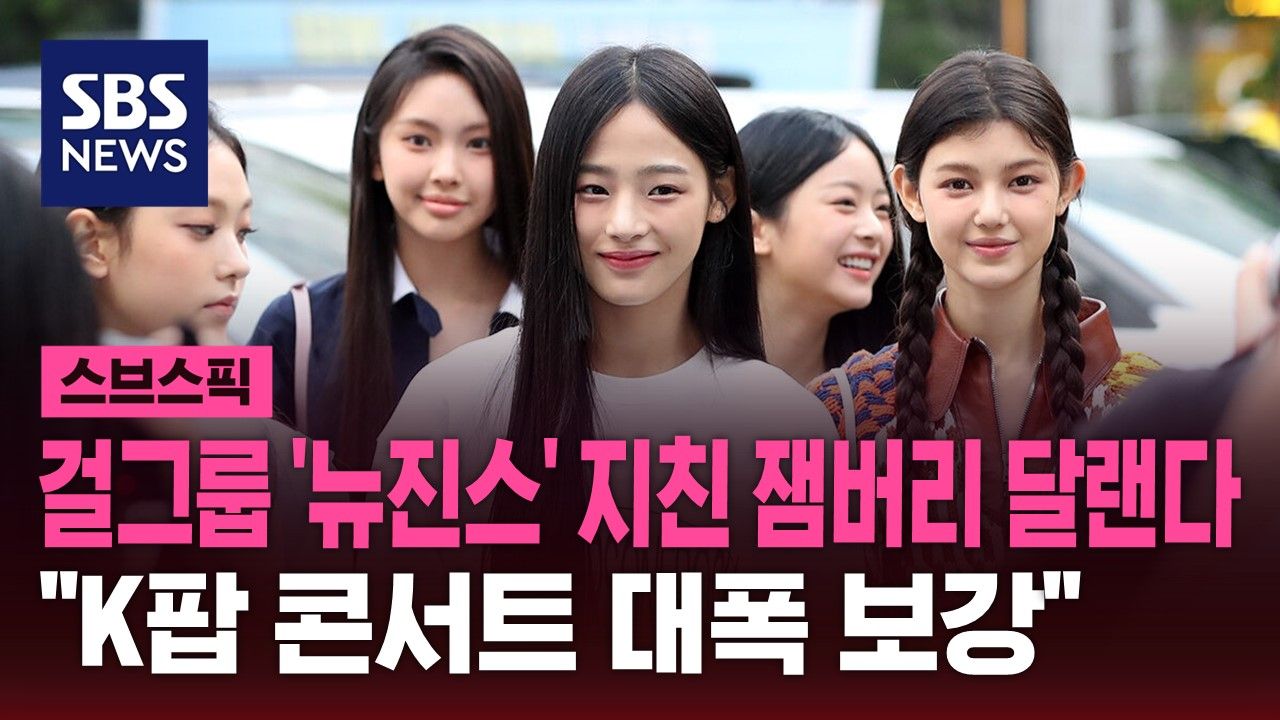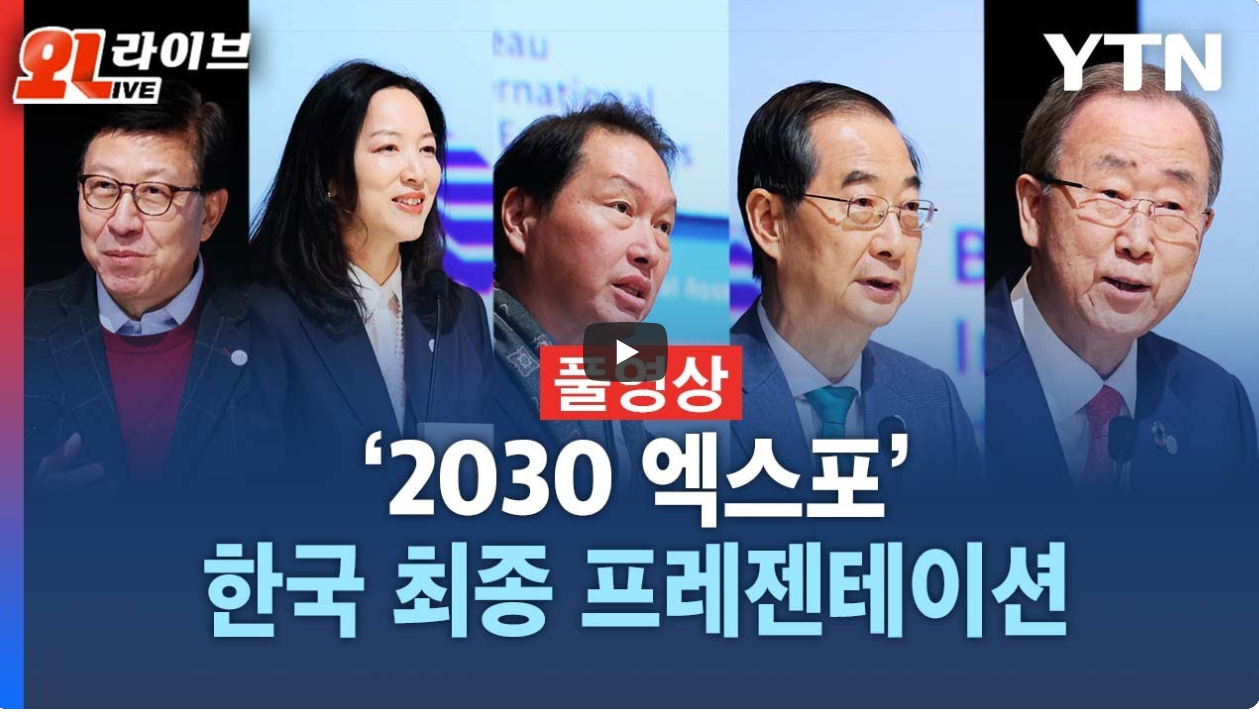Author : Jung Hojai, K-pop columnist
About five years ago, I received a first inquiry from a foreign journalist about the K-pop boom and its reasons. The focus was on the perceived "strong alliance between the Korean government and K-pop/culture". The journalist used the term "in alignment with," which conveys a sense of "side by side. In diplomacy, the concept of "non-alignment" means maintaining a relationship that is neither too close nor too distant. Accordingly, the journalist chose this expression for K-pop to convey the idea of forming a robust connection with the state.
In the 1990s, Korean popular music gained visibility through television broadcasts. The emergence of idol (dance) music in the mid-1990s marked a pivotal moment, emerging as a televised iteration of Korean popular music. Conceived by SM and supported by South Korea's Gen Xers, this nascent industry has gained international recognition since 2010, particularly in Asia, with Taiwan and Hong Kong leading the way. Around this time, it acquired the nickname "K," which stands for the country and embodies Korea's "young and innovative image" through synthpop. Its influence spread to various industries such as cosmetics, broadcasting and fashion.
Since 2010, however, the appeal of "K-pop idols" and "K-drama stars" has been largely responsible for the increase in global visitors to Korean cultural centers. In particular, there has been an integration of "government budgets and subsidies" into the promotion of K-pop. This development has left international fans with a curious perception of a "close relationship between the Korean government and the K-pop industry," which is a departure from the accustomed image of Korean audiences.
K-pop, mainstream culture?
Before 2017, neither Koreans nor Korean scholars considered K-pop or K-drama as "mainstream" in the global cultural industry. In particular, it wasn't until 2018 that Spotify introduced a dedicated "K-pop" category. Netflix did the same for K-drama. In the early 2020s, however, the coronavirus crisis, the Netflix revolution, and BTS's Billboard number one all contributed to a significant shift in political and consumer thinking, particularly in South Korea. The perception emerged that K-culture was not only being sold globally, but was being seamlessly integrated into the fabric of "mainstream" culture, especially in predominantly white societies.
This phenomenon marks the beginning of "gookpong," which appears to be closely tied to the superficial acceptance of the popularity of Korean pop culture, particularly K-pop, with government officials and politicians leading the charge.
A closer look reveals that while K-culture has indeed gained global popularity, its impact remains concentrated in certain regions and among certain generations. Even with a generous estimate, the only places where K culture can be considered mainstream are in major cities in Northeast and Southeast Asia. Its popularity on platforms such as Netflix and YouTube also falls short of representing the diversity of the world's population.
Obsession with Developmentalism
Countries that follow the developmentalist model, such as South Korea, have a tradition of aligning national policies with emerging industries. Elite bureaucrats, who see industrial growth as a paramount virtue, support this strategy, which is often associated with "state-owned industries. In the 21st century, this philosophy has been applied particularly to the IT and cultural sectors.
In the mid-to-late 1990s, the Chosun Ilbo, one of the leading state-run media, popularized the slogan "Late in industrialization, early in information. Swift government action led to substantial investment in a high-speed Internet network, often referred to as the IT highway. As a result of this strategic move, Korea is one of the few countries that has maintained its technological and cultural sovereignty in the midst of the U.S.-led IT revolution.
Benefiting from proactive investments in hardware and networks, the country has expanded its focus to the cultural industry in the 21st century. It is undeniable that government subsidies and support in the areas of film, broadcasting and content have played a significant role in strengthening the industry. Consequently, the success of K-pop and K-drama can be seen as a by-product of these strategic initiatives.
Busan Expo 'PT(presentation)'
The much-anticipated vote by the Bureau International des Expositions (BIE) to host Expo 2030 in Paris became a focal point of discussion this week. Despite expectations of a competitive campaign against Saudi Arabia, Korea's efforts ended in a surprising defeat. For a generation that vividly remembers the miraculous IOC meeting in Baden-Baden in 1981, where a "public-private partnership" successfully secured the rights to host a mega-event, the recent events evoke a nostalgic reflection on the developmentalist era. Perhaps the government was aiming for such an emotional impact.
South Korea's closing presentation drew particular attention. In the 20-minute closing session, prominent figures such as Busan Mayor Park Hyung-joon, SK Chairman Choi Tae-won, and former UN Secretary-General Ban Ki-moon, along with other public, private, and global representatives, delivered messages underscoring the importance of "Busan" and "Korea. This presentation proved to be a symbolic moment, offering insight into the philosophy and ideas driving the government's campaign.
A 34-second video concluded the presentation and left a lasting impression. The video began with a satellite image showing "North Korea in darkness and South Korea in shining light," and then featured cultural icons such as Jung Myung-hoon and Cho Soo-mi, highlighting the brilliance of Korean culture. It then featured celebrities such as singers PSY and Sia Jun-soo, Dream-catcher, Monster X, and Squid Game's Lee Jung-jae, all of whom echoed the message "Your Choice" in a more commercial language, providing a dynamic and powerful conclusion to the competition's presentation.
Superficial Event
The competition's post-presentation video received widespread attention for its simplicity, offering the public a glimpse into the ideas and philosophy behind the preparation for the "Busan Expo". As a kind of "signature" video, it deviated from the expected focus on Busan itself, instead featuring Korean K-pop singers and K-drama actors as the seemingly main characters. While the pairing of "Jung Myung-hoon-Jo Soo-mi" had been shown earlier, the unexpected emphasis on Psy's signiture song <Gangnam Style> tried to leave a significant impact.
The K-pop singers, including "Dreamcatcher" and "Monster X," were dressed in a manner reminiscent of a post-music broadcast stage, projecting a distinct K-pop aesthetic. Even though their faces were not universally recognizable, there was a vague but unmistakable image that they were indeed K-pop performers. The confusion arises when considering the connection between the Busan Expo and "K-pop idols," leading to the impression that the organizers may have been fixated on the notion that prominently featuring popular K-pop figures would garner more votes.
This mentality seems to have manifested itself in the recent "Jamboree" event, where scouts visiting South Korea were informed that the event was suboptimally organized. Nonetheless, the government's approach seemed closely aligned with the idea that hosting a K-pop event would be well received, almost suggesting a preference for attendees to be drawn to K-pop over the unique offerings of Busan. It raises the question of whether the government's strategy implies a belief in the universal appeal of K-pop as the world's preferred cultural phenomenon.
Alliances and non-alliances
The Busan Expo challenge ended in disappointment, and K-pop was ridiculed as a result. Even Psy's iconic "Gangnam Style," a song that had previously received unanimous acclaim on the K-pop stage, became the target of ridicule and criticism from his compatriots, who questioned its appropriateness for the occasion. While it is unlikely that Psy had veto power over the choice, the end result was that the black shades persona of "Psy" became an "unwanted guest" in a place where he seemingly shouldn't have been.
This incident exposed the unintentional insensitivity of the state (government) in claiming ownership of "K-pop". The more often the state attempts to mobilize K-pop, the more counterproductive it becomes for the quality and public perception of K-pop. This raises important questions about how and to what extent the state will continue to mobilize K-pop in the future, and what the consequences might be. Is this indicative of a time of fractured alliances between the state and the K-pop industry? The incident highlights the need to carefully consider the impact of government intervention on a cultural phenomenon that has so far thrived on organic popularity and global appeal. (End)


Post Script
The likelihood of prominent K-pop figures such as attending national events seems low. The decision to keep a certain distance from the government is seen as a prudent choice.
The same principle applies to groups such as and . There is a notable difference between serving as an "ambassador" for a national organization and serving in a similar role for a French luxury goods conglomerate. The implications and impact on the artist's image can be very different.
The granting of a royal honor to Blackpink prompts a rethinking of how countries utilize popular artists. It underscores the importance of using such collaborations in a manner that is tasteful and consistent with the artist's brand and identity. This prompts a broader reflection on the thoughtful integration of popular artists into national honors and recognition.
Jung Hojai now staying in SNU Asiacenter as a visiting scholar
![[분석] OTT 시대의 막장, 왜 반복되는가 ― 감정의 알고리즘과 욕망이 설계되는 방식](https://cdn.media.bluedot.so/bluedot.kwave/2025/12/p2hxlj_202512201852.jpg)
![[연구] 넷플릭스 한국 진출 10년을 돌아보다: ‘약한 고리 깨기’에서 ‘원숭이 꽃신’까지](https://cdn.media.bluedot.so/bluedot.kwave/2025/12/nijw81_202512140459.jpg)